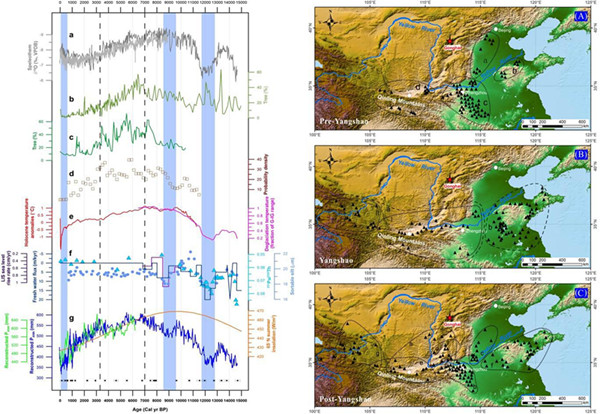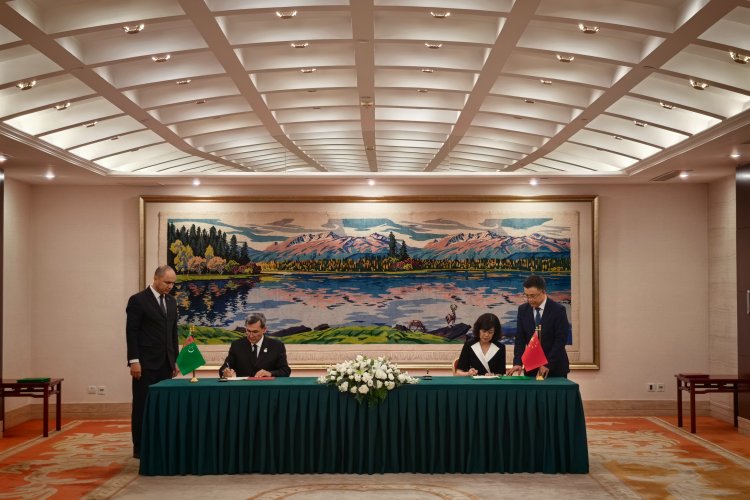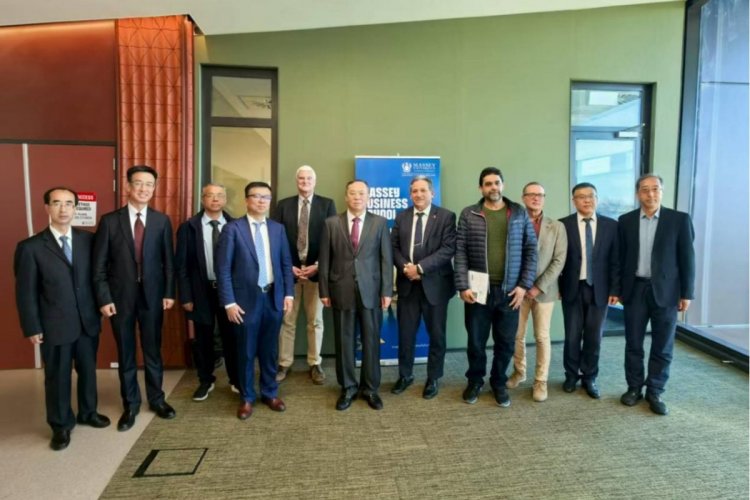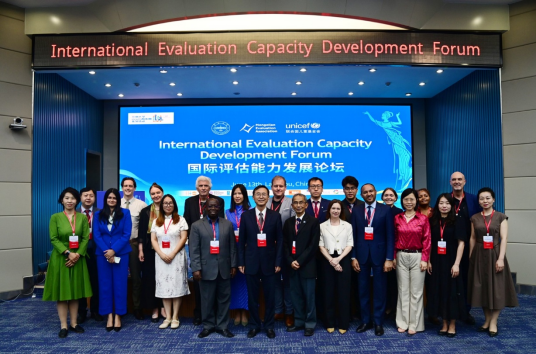Recently, Scientific Reports of the Nature Group published the latest research results of Prof. Chen Fahu’s research team from the Key Laboratory of Western China’s Environmental Systems (Ministry of Education), Lanzhou University. In the paper entitled "East Asian Summer Monsoon Precipitation Variability since the Last Deglaciation", the researchers present a well-dated, pollen-based, 20-yr-resolution quantitative precipitation reconstruction (derived using a transfer function) from an alpine lake in North China, which provides for the first time a direct record of EASM evolution since 14.7 ka (ka = thousands of years before present, where the “present” is defined as the year AD 1950). It is reported that it is the second time for the research team from the Key Laboratory of Western China’s Environmental Systems to have EASM evolution research paper published in Scientific Reports as the first author and it is also another high level research paper after the LZU’ paper published on Science on the exploration of climate change and prehistoric civilization evolution.
As a major component of the Asian monsoon system, the East Asian summer monsoon variability controls almost all aspects of the hydrological and ecological changes of the East Asian region. The abnormal summer monsoon rainfall in East Asia can lead to severe droughts and floods, which has a significant impact on the economic and social activities of one third of the world's population. With the global warming, will the East Asian summer monsoon rainfall change? Is is an important scientific issue of great concern to the academic community and the public. Depth understanding of the historical and driving mechanism of the summer monsoon changes is the premise and foundation to answer this question.

The left figure is the quantitative reconstruction of the East Asian summer monsoon rainfall changes (g) and its relationship and contrast with regional and humidity proxy data (bd), global temperature (e), global ice volume and Atlantic meridional reverse circulation (f) and China South stalagmite oxygen isotope (a) of the past 14.7 ka.
The right figure shows the spatiotemporal pattern of the cultural evolution of the Yellow River Basin in the Neolithic period, (A) pre-Yangshao period, (B) Yangshao period, (C) post-Yangshao period. It is visible that when the East Asian summer monsoon rainfall was at its maximum (7.8 ~ 5.3 ka), the most developed prehistoric Yangshao culture appeared in northern China, exhibiting a new type of Neolithic culture with more sites and more unified space.
(Translated by Li Yafeng; proofread by Sissi Xu)




